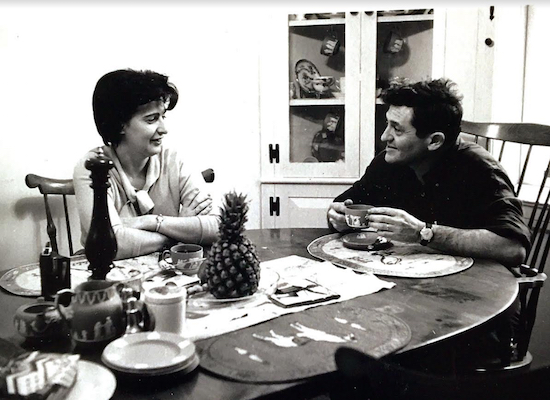An old house and a worn-out pair of shoes

Readers may recall an article my late father, Dr. Bernie Wasserman, wrote for the Brooklyn Heights Press in 2005. In it, he shared some history about the people and houses on and near the corner of Hicks and Cranberry Streets, including 59 Hicks, the old white house with the red doors he bought in 1957 to start his veterinary practice. After my parents passed away in 2011, we started renovating the building and found out some interesting things about the house that I thought might be of interest. But first, a little background.
In my dad’s 2005 article, he described the corner of Hicks and Cranberry as it was in 1957 when he bought the old, and at the time, run down, house there to open Brooklyn Heights’s first veterinary practice. Back then, some streets had not a single tree on them, and dilapidated buildings and seedy rooming houses were not uncommon. My father renovated 59 Hicks, receiving praise from the Brooklyn Heights Association for “the taste with which [he] rescued and improved the property at the Corner of Hicks and Cranberry streets.” And, in July 1959, the Brooklyn Heights Press credited him with being one of the “first to start the renaissance on lower Hicks Street.” It’s hard to imagine, but the Heights was quite a different place back then.

Brooklyn Boro
View MoreNew York City’s most populous borough, Brooklyn, is home to nearly 2.6 million residents. If Brooklyn were an independent city it would be the fourth largest city in the United States. While Brooklyn has become the epitome of ‘cool and hip’ in recent years, for those that were born here, raised families here and improved communities over the years, Brooklyn has never been ‘uncool’.